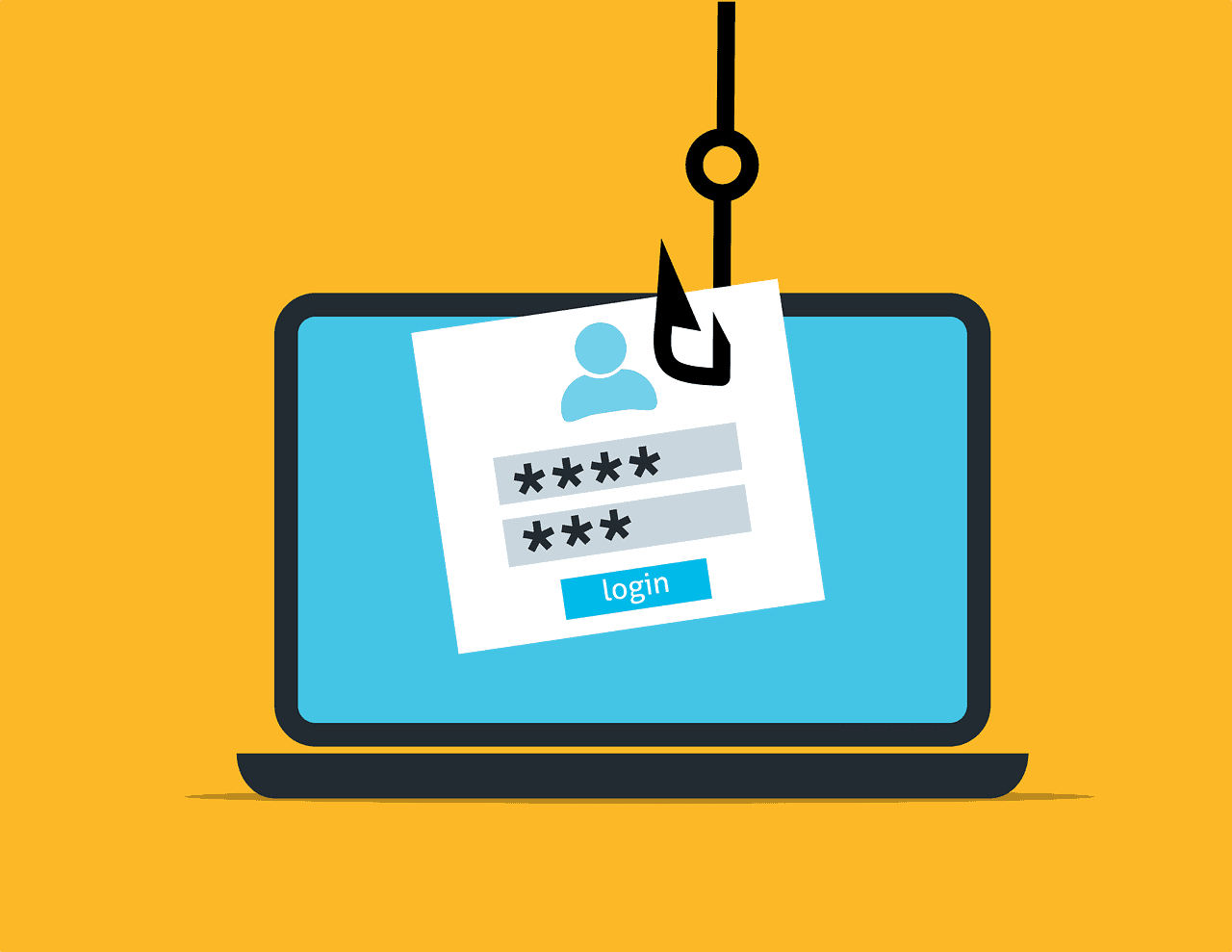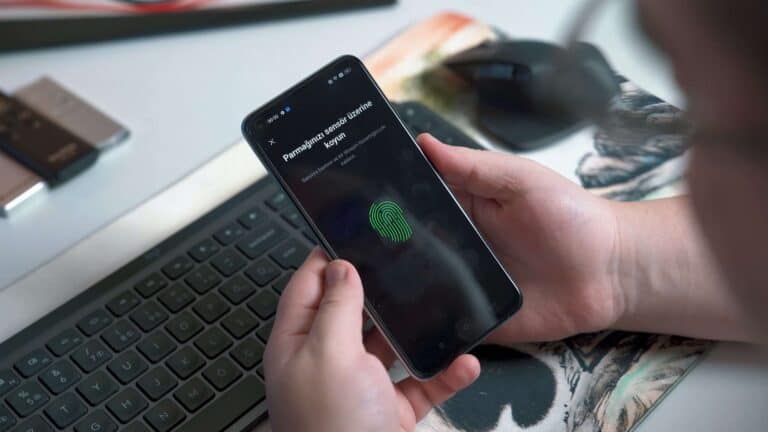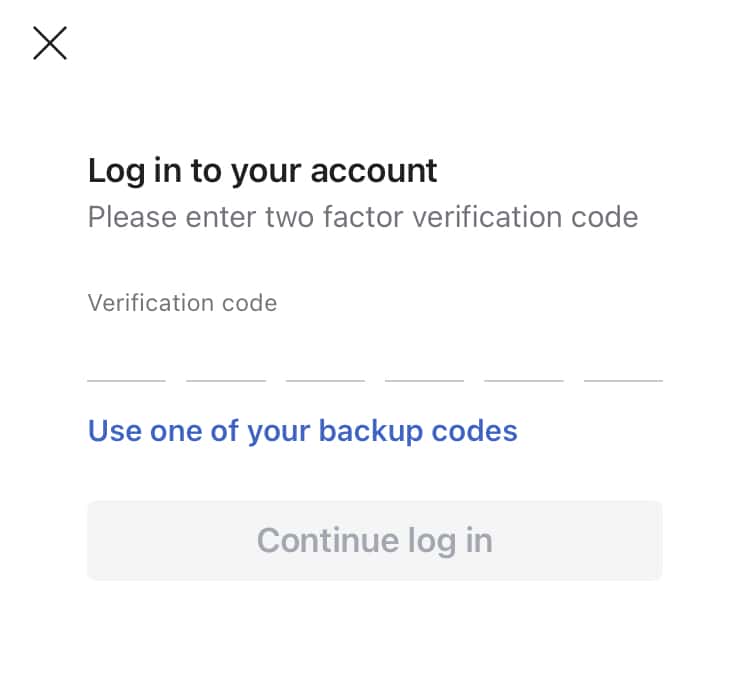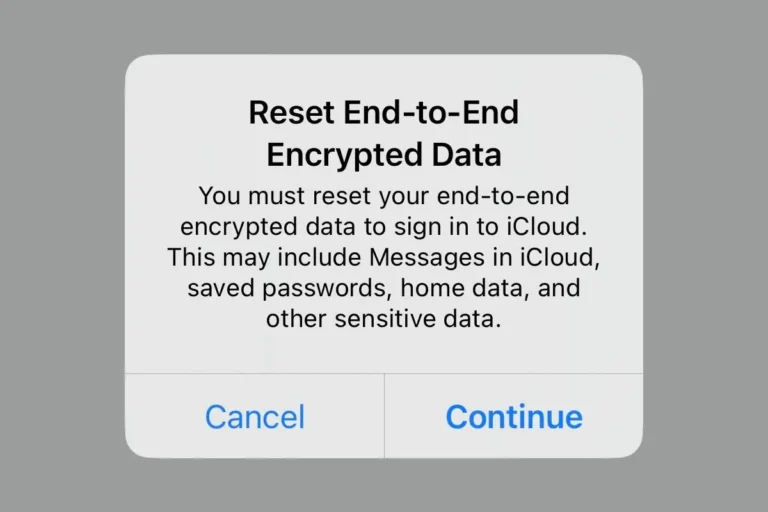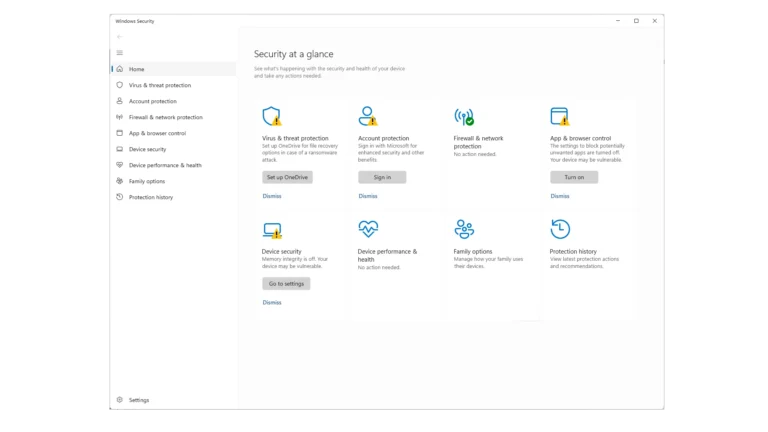The cybersecurity community was shocked by reports of a large ransomware payment to BlackCat, a criminal group specializing in cyberattacks. The group allegedly received $22 million after attacking and encrypting the sensitive data of a major company in the healthcare sector. This incident is not just an interesting story but also serves as a strong reminder of the increasing power of cybercriminals and the critical importance of strong IT security measures.
Ransomware attacks are a type of cybercrime that can seriously harm a company’s operations, leading to large financial losses and putting private information at risk. When a company is targeted in such an attack, they are often forced to decide whether to pay the ransom or deal with the damage caused by losing access to their systems and data. The high-profile BlackCat ransomware incident shines a light on the nature of these attacks and the tough decisions companies must make once they are in the hands of cybercriminals.
The Aftermath of a Major Cyber Attack
Change Healthcare Targeted
Change Healthcare, a major healthcare technology company, fell victim to a Blackcat ransomware attack. This sophisticated attack encrypted crucial data, causing significant disruption to their operations.
$22 Million Ransom Paid
In a bid to recover their data and restore services, Change Healthcare reportedly paid a hefty $22 million ransom to the Blackcat cybercriminals. This amount marks one of the largest publicly known ransomware payments to date.
Dispute and Shutdown Claims
Following the ransom payment, a dispute erupted between Blackcat and one of its affiliates involved in the attack. This internal conflict led to claims from a Blackcat representative that the group was shutting down and selling its ransomware source code.
Exit Scam Concerns
However, cybersecurity experts are viewing these shutdown claims with skepticism, suggesting it could be an exit scam by Blackcat developers. This tactic involves disappearing after a major score, leaving victims with limited recourse.
Table: Key Details of the Blackcat Attack
| Victim | Ransom Paid | Attack Method | Notable Details |
|---|---|---|---|
| Change Healthcare | $22 million | Ransomware | One of the largest publicly known ransom payments |
| Internal dispute led to shutdown claims | |||
| Exit scam concerns raised by experts |
The Blackcat attack on Change Healthcare serves as a stark reminder of the escalating threat of ransomware attacks and the increasing sophistication of cybercriminals.
Key Takeaways
- BlackCat ransomware group recently acquired a large ransom payment.
- Ransomware attacks demand immediate and strategic response to mitigate impact.
- Effective IT security and awareness are critical to prevent such cyber incidents.
Attack Overview and Entities Involved
In this section, we examine the key players and mechanics behind the BlackCat ransomware incident involving a large ransom payment. We will detail the operation of the ransomware, the associates responsible for the attacks, and significant targets that have suffered at the hands of this cyber threat.
BlackCat Ransomware Operation Details
BlackCat, also known by its original alias AlphV, has emerged as a vicious ransomware. It encrypts files on infected systems and demands payment for decryption. BlackCat stands out for its technological sophistication and ability to target both Windows and Linux systems. It even threatens to publish sensitive data should its demands not be met.
Alphv/Blackcat Affiliates and RaaS Model
The group operates using a Ransomware-as-a-Service (RaaS) model, which means they partner with affiliates to carry out attacks. These affiliates are then paid a share of the ransom proceeds. The RaaS model has proved efficient for rapid dispersal and has contributed to BlackCat’s notoriety in the cybercrime ecosystem.
Notable Attacks and Victims
One of the most prominent victims of BlackCat is Change Healthcare, a key player in the US healthcare IT sector. Reports suggest that Change Healthcare might have paid $22 million to recover from an attack. This event showcases the ransomware group’s focus on high-value targets, many of which are integral to public services and industries.
Impact and Response
This section examines the toll of the BlackCat ransomware attack and the measures taken in response. The healthcare sector’s struggles and the efforts by law enforcement and cybersecurity entities to tackle the incident are key points.
Effect on Healthcare Sector
Change Healthcare, a major U.S. healthcare firm, experienced a direct impact when it reportedly paid $22 million to the BlackCat ransomware group. This event put patient data at risk, creating potential delays and issues for healthcare providers and doctors. The incident highlights the vulnerability of healthcare entities to cyber attacks.
Law Enforcement and Cybersecurity Actions
The FBI, along with cybersecurity firms, intensified their investigation into the BlackCat ransomware group. Security researchers focused on understanding the group’s updated ransomware capabilities. Cybersecurity experts and law enforcement have banded together to advise and protect critical infrastructure and to provide organizations with steps to prevent future attacks.
Frequently Asked Questions
The following questions are intended to help readers understand the BlackCat ransomware‘s business impact, the methods it employs, resolutions to large ransom payments, protection strategies, consequences of paying ransom, and steps for victims.
What is the impact of the BlackCat ransomware on businesses?
BlackCat ransomware can severely disrupt operations by encrypting files. This can lead to significant financial losses and damage the trust of clients and partners.
What are the methods used by the BlackCat ransomware to infiltrate systems?
Attackers often use phishing or exploit vulnerabilities in software. Once inside, they encrypt data to lock out the user.
Has there been a resolution to the BlackCat ransomware incident involving a large ransom payment?
In a recent incident, BlackCat claimed to have received a $22 million ransom payment. However, the situation remains dynamic, and resolutions can vary widely.
How can organizations protect themselves against ransomware attacks similar to BlackCat?
Firms should update systems, back up data, and train staff on cyber threats. These steps can form a strong defense against ransomware.
What are the consequences of paying a ransom in case of a ransomware attack?
Paying the ransom may fund criminal activities. There is also no guarantee that files will be recovered.
What steps should a company take if they are a victim of a ransomware attack similar to the BlackCat case?
Companies should isolate infected systems, engage cybersecurity experts, and notify law enforcement. Quick action can help contain the breach.

